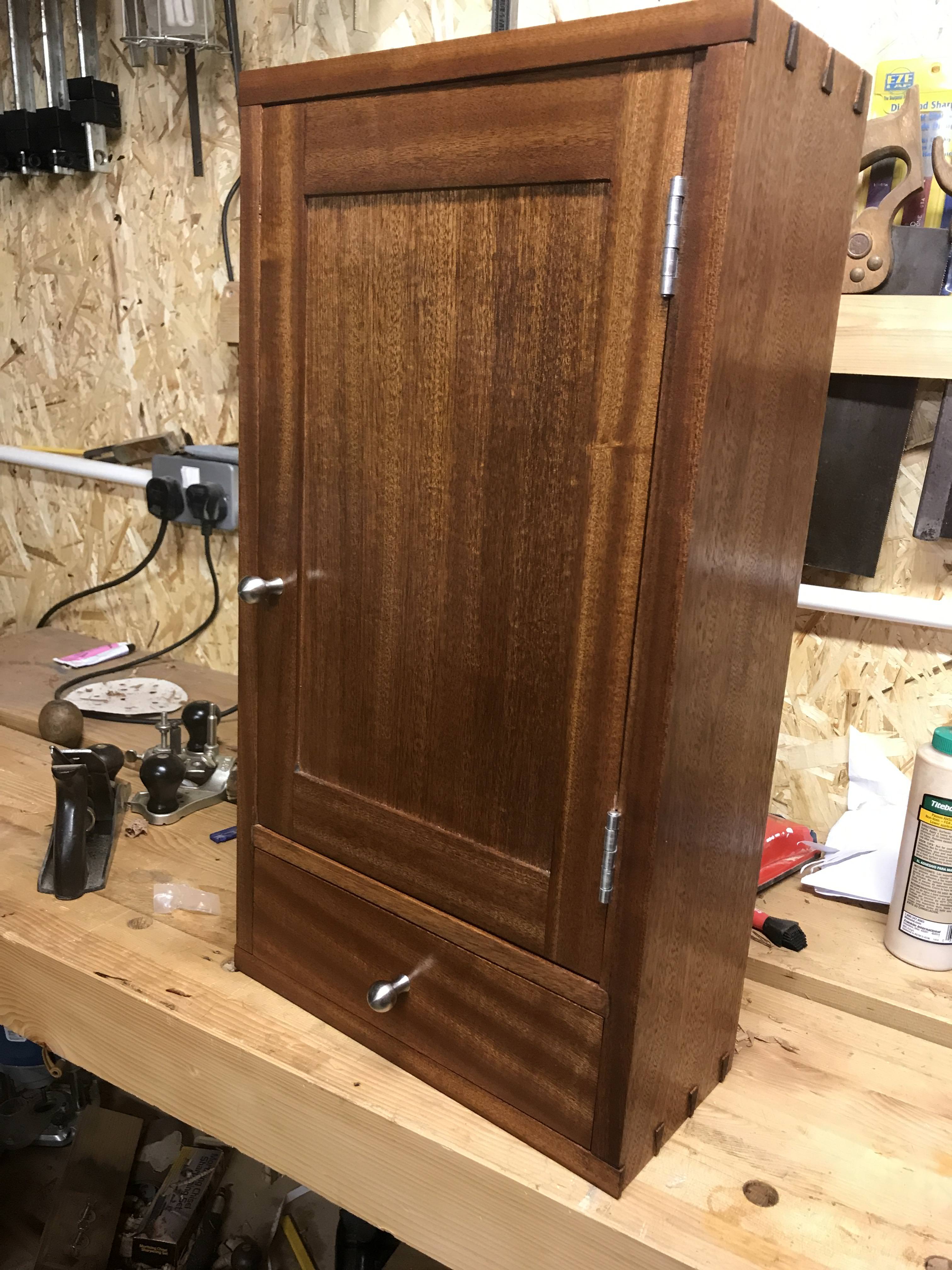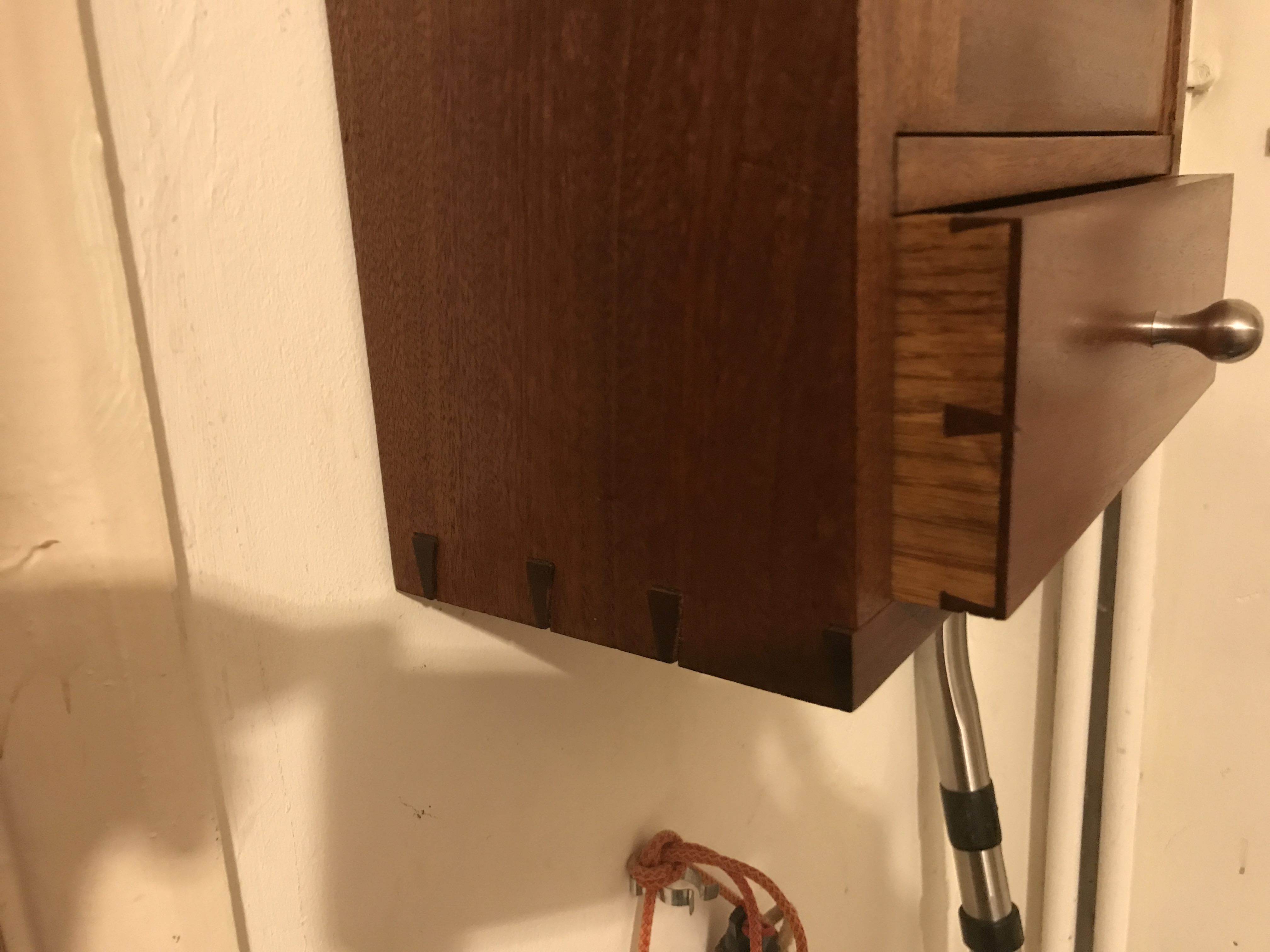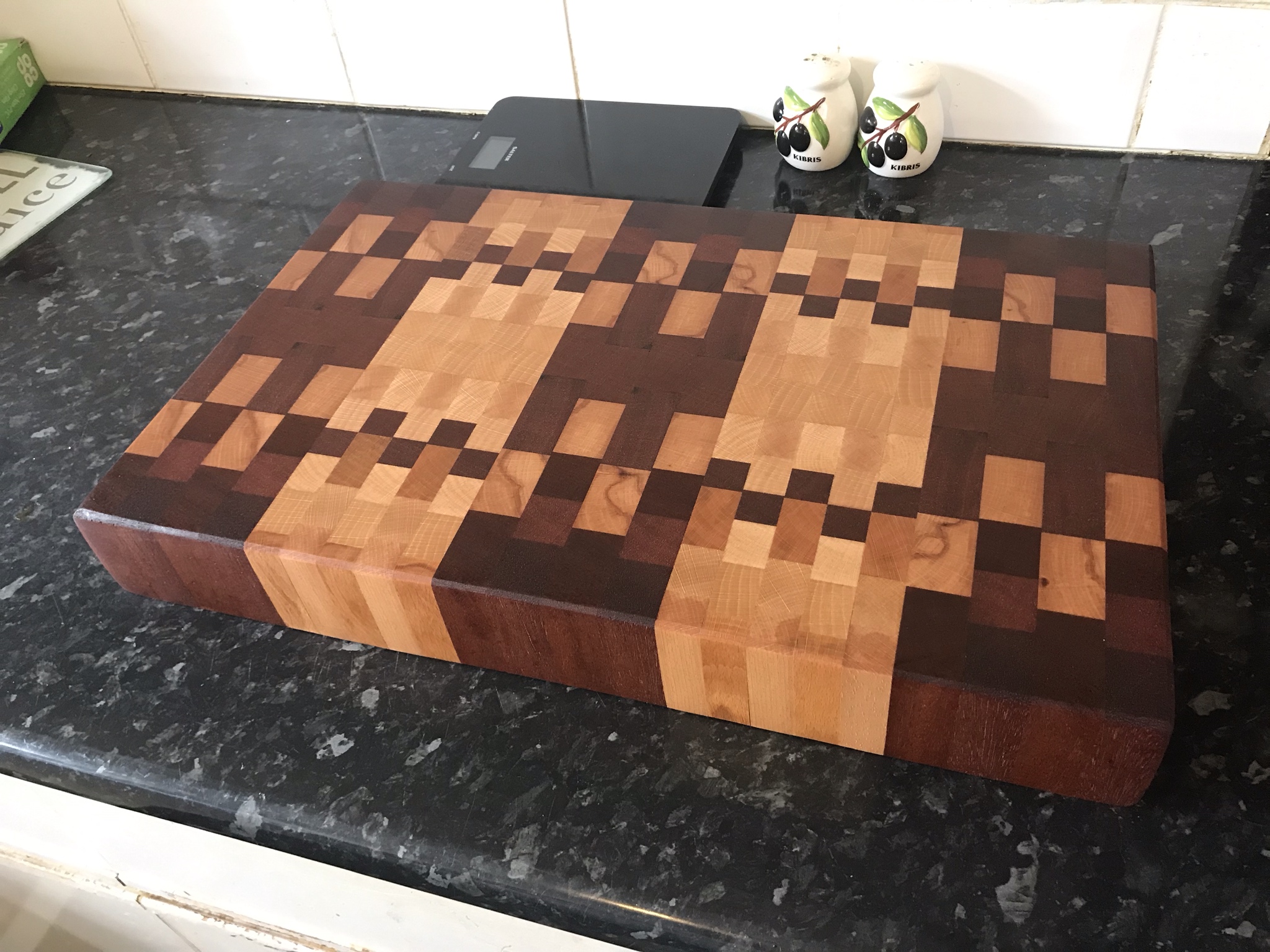I’m trying to cut Sapele to a thickness of 5 to 6mm strips but just can’t seem to get a decent straight edge to any of it. I’m using a 60 tooth Freud blade on a Bosch Pro saw but this is the first time I’ve tried to use Sapele at this thickness. Is this wood hard to cut into thin strips?
The strips are going into chopping boards for the family as Xmas presents so they need to be accurately cut to avoid visible gaps!
The strips are going into chopping boards for the family as Xmas presents so they need to be accurately cut to avoid visible gaps!



































